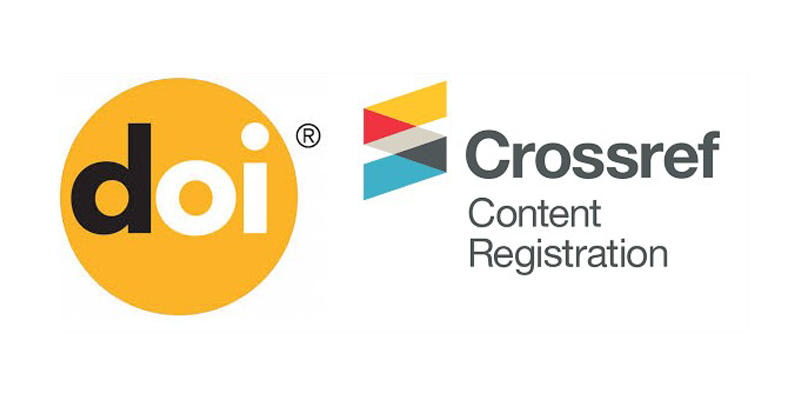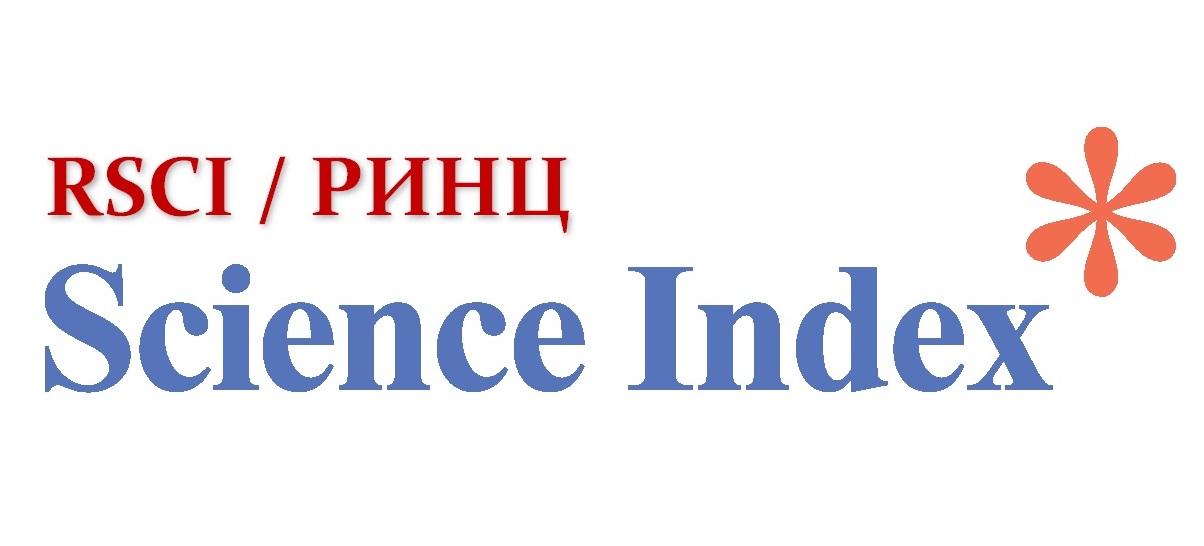Development of multi-level tasks for the development of natural science literacy of students in chemistry
DOI:
https://doi.org/10.32523/3080-1710-2025-150-1-42-57Keywords:
multi-level tasks, problem-solving, functional literacy, natural science literacy, PISA, secondary school, chemistryAbstract
Most scientists and teachers agree that the development of functional literacy is one of the most important issues in current school education. According to most studies, students have not developed at the appropriate level of reading, mathematical literacy, and natural science literacy. As a result, students in chemistry lessons have trouble solving computational problems, balancing reaction equations according to the proposed scheme, formulating answers to problematic questions, etc. This conflict can be overcome in the classroom by adopting multi-level tasks.
Multi-level tasks need an individual approach, as seen by differences in task content, nature, and volume. The article discusses the present methodological criteria for the content, the most important types and kinds, benefits and drawbacks of multi-level tasks, and the primary aspects of using multi-level tasks in chemistry classrooms. The examples of tasks we have developed are presented on the following topics: “Sulphur. Sulphur compounds” and “Nitrogen. Ammonia” for 9th-grade students in chemistry. Based on the findings, it is possible to conclude that using multi-level tasks in the study of different chemical subjects promotes the success of understanding the educational content because the individual features of each student are taken into consideration.







